Climate
The 9th C of Carnivorism
REGISTER FOR THE NEXT LIVE ONLINE EVENT ON JULY 18TH AT 1 PM? "HOW TO NATURALLY BOOST TESTOSTERONE IN MEN" 👉REGISTER HERESome say humans are tropical animals. Others say we’re arctic opportunists. Both are wrong. We’re climate shapeshifters—thermal chameleons dressed in mammoth skin and ambition.
The deeper truth? Climate doesn’t just shape what we eat; what we eat shapes how we survive the climate. And if you trace that logic back to the Ice Age, one truth emerges with more clarity than a glacier: we ate meat to stay alive.
“Wait,” Mr. Skeptical chimes in, holding his sugared coffee, “you’re saying we survived global glaciation with nothing but mammoth steaks and good vibes?”
“No, I’m saying the only reason you're around to ask dumb questions is because your ancestors gorged on fat and marrow while the lettuce froze over.”
Subconscious Fat at 30,000 Feet
Let’s go back 20,000 years. Northern Europe and North America are buried under two miles of ice. Agriculture isn’t even a glimmer in the Neolithic eye. So what’s on the menu? Spoiler: it’s not quinoa.
Studies of Ice Age toolkits—scrapers, bone needles, spear points—suggest a heavy dependence on large game. Megafauna like mammoths, mastodons, and giant bison provided not just calories but portable climate control: fur for insulation, fat for warmth, and collagen for joint health. The Inuit, Nenets, and Maasai didn’t read "How Not to Die" by Dr. Greger—they lived it in reverse.
Stable isotope analysis from Upper Paleolithic human remains in Europe shows nitrogen-15 enrichment consistent with high levels of animal protein consumption—akin to that of top-level carnivores (Richards & Trinkaus, 2009). Dental calculus analysis reveals little plant material, but frequent evidence of animal tissues, even cooked marrow and fat residues.
Sites like Dolní Věstonice in the Czech Republic (shown above) have produced mammoth-bone dwellings and massive butchering sites, suggesting whole communities were built around hunting and processing large herbivores.
Mr. Skeptical shrugs his shoulders and says, “That was all in the long-ago past. We can’t interview anyone who lived back then.”
“I agree .” He looks at me, dumbfounded, a little shocked that I agreed with him.
Subconscious Fat at 10,000 Feet
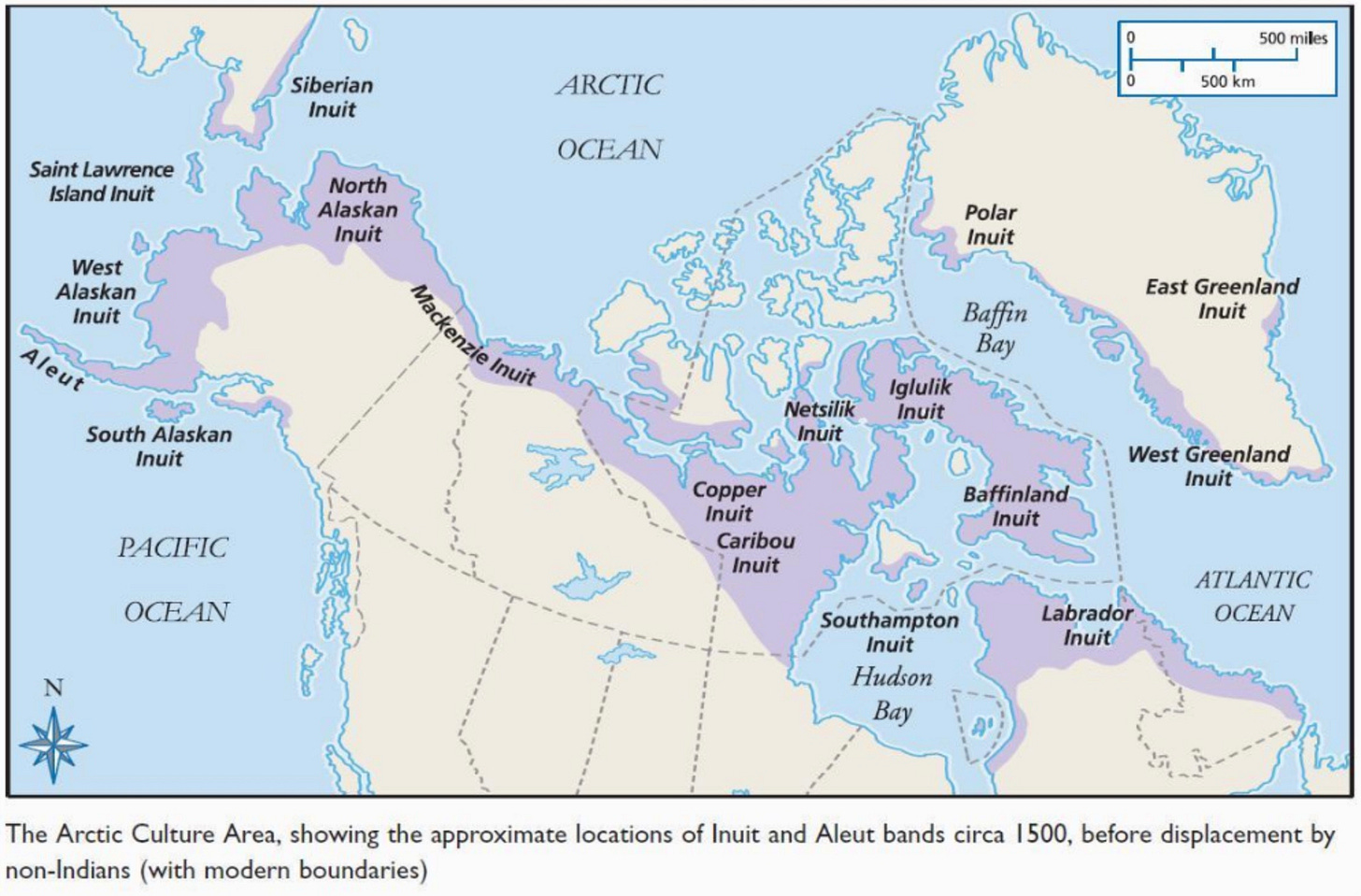
Let’s go back only a few hundred years. The modern decline of traditional meat-based diets tells the story in reverse. The Inuit, who once thrived on diets rich in seal, fish, and whale blubber, have seen skyrocketing rates of diabetes, cardiovascular disease, and obesity since the introduction of processed Western foods. Replacing nutrient-dense animal fats with refined carbs hasn’t brought health—it’s brought hospital visits.
Even mitochondrial DNA tells the tale. Populations adapted to colder climates have metabolic tweaks favoring fat oxidation. This isn’t just a coincidence—it’s carnivorous climate coding.
Mr. Skeptical shrugs his shoulders again. “20,000 years ago or a few hundred years ago, doesn’t make much of a difference. We still can’t interview someone from 500 years ago.”
“We have pictures.”
“Pictures?”
“Yes, a man named Weston A. Price, a highly respected dentist who was also head of research for the National Dental Association, which eventually became the American Dental Association (ADA). In the 1930s, he traveled to northern Canada to study the Inuit. He noted that their teeth, bones, and cardiovascular systems remained robust—even in an environment with virtually no plant foods.”
Mr. Skeptical interrupts me, “No plant food? None at all?”
“They got a little bit of plant foods in the guts of the animals they killed. They ate some seaweed. Maybe a few berries in the brief Arctic summer. They consumed mostly meat, fish, and seal oil, and had minimal dental decay or bone deformities; in short, they were metabolically resilient in one of the harshest climates on Earth.”
Mr. Skeptical pipes up: “So they ate nothing but blubber and were healthy? Sounds like marketing meat-sweat!”
“Weston Price found they ate a nutrient-dense, animal‑based fare finely tuned to their environment—and their genetic adaptation over generations supported that. That evolutionary match—animal fats, micronutrients, bioavailable vitamin A and D—helped buffer them against the cold and seasonal scarcity.”
“Ah, but what about tropical people?” he mutters, as if he’s won something.
Subconscious Fat at Eye-Level
“Different climate, same evolutionary truth: animal foods dominate where survival matters. The Hadza hunt. The Kitavans fish. The Yanomami consume insects and game. Plants were snacks. Meat was life.”
I pause to smile and add, “And I have more pictures.”
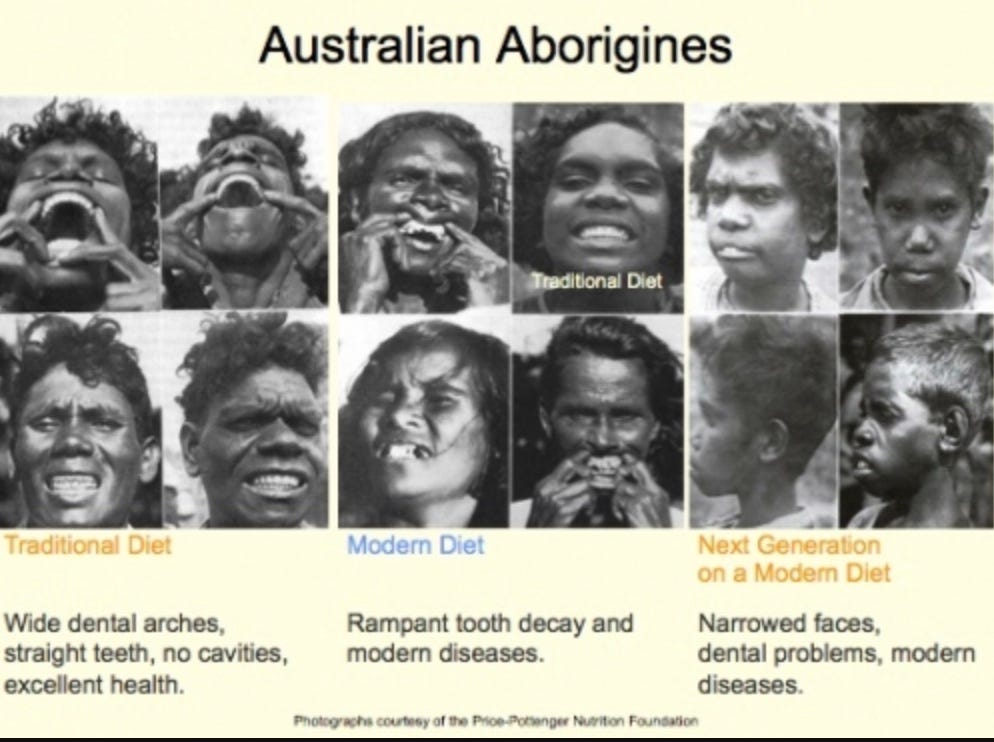
Mr. Skeptical shrinks by a few inches.
Practical Suggestions and Conclusions
Today, we pretend climate doesn’t matter. That avocados belong in Canada and that oatmeal can power a Siberian winter. We eat global, seasonless, and idiotic.
Your body, though, still remembers. Your mitochondria aren’t fooled by fruit flown in from Ecuador. They want fat when it's cold, protein when you work, and less sugar always.
“I like sugar in my coffee. And a lot of people love sugar,” remarks Mr. Skeptical.
“I know, and that’s why modern humans are fatter than ever.”
Be aware.
Other links related to this post:
Is Liver a Superfood?
What Should We Do About Iguanas?
Wild New World PS Links on LinkedIn, Facebook, and Instagram. Full disclosure: Chat GPT was used to research and enhance this post.
PSS Next Live Online LinkedIn event will be at 1 PM, Friday, July 18th. Register here for the link. It will be about naturally boosting testosterone in men.



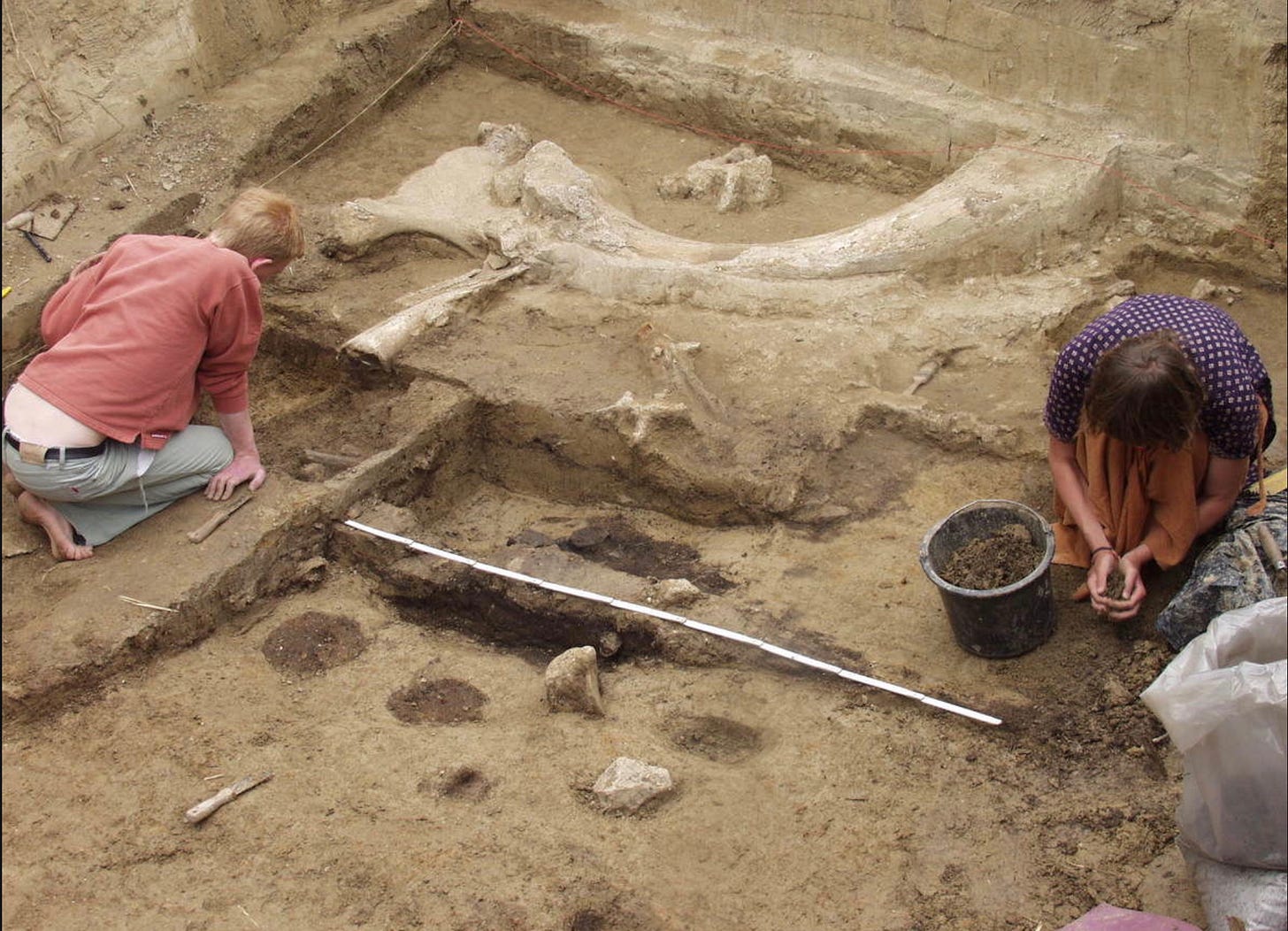
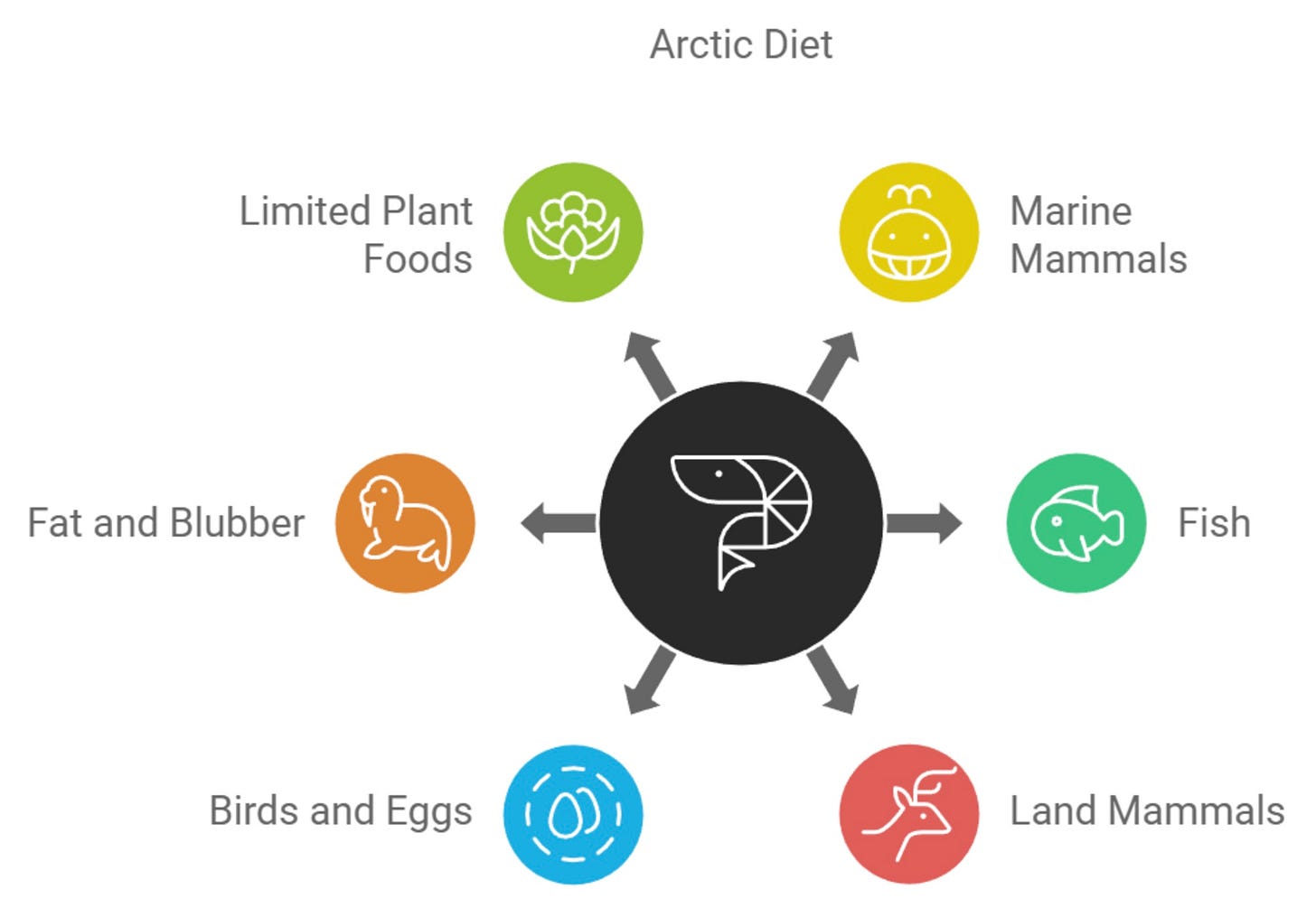
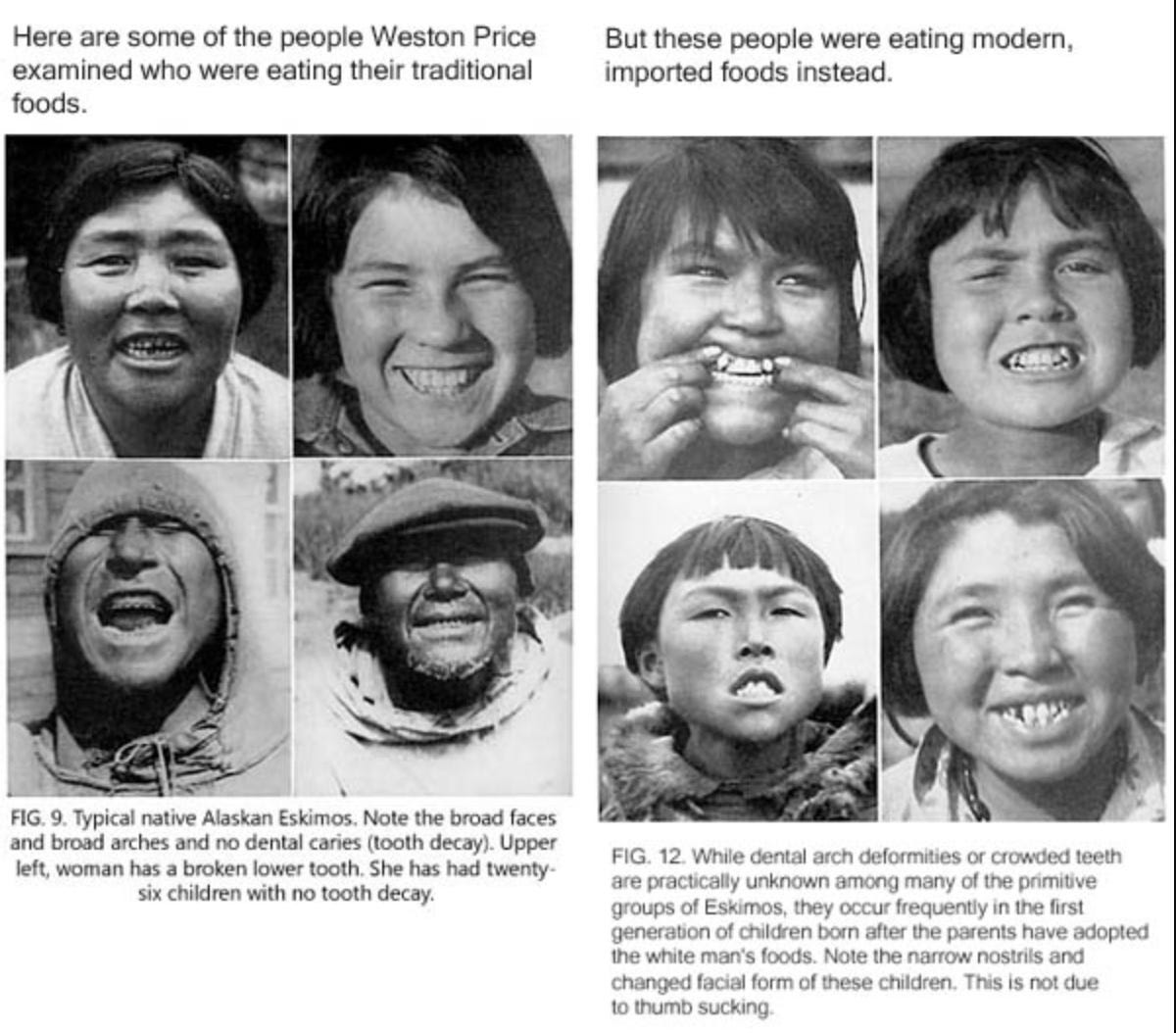
It tasted good. Very well documented with a touch of humor.